Flying cars might still be a while off and the Cubs didn’t win the World Series, but make no mistake about it, the future is here and now.
Engineers from Stanford University in California have built an autonomous DeLorean that’s capable of pulling off rubber-burning drift stunts of the kind that would make even Ken Block blush.
Named the Multiple Actuator Research Test bed for Yaw control, or MARTY for short, the robot DeLorean was created in order to study how cars perform in extreme situations. Stanford’s researchers believe that data gathered from MARTY and the experiment could help push the boundaries of autonomous safety protocols.
MARTY is the brainchild of Chris Gerdes, professor of mechanical engineering and the same man leading ground-breaking research into “teaching” autonomous vehicles ethics in order to make them safer on the road.
“We want to design automated vehicles that can take any action necessary to avoid an accident,” Gerdes said. “The laws of physics will limit what the car can do, but we think the software should be capable of any possible manoeuvre within those limits.
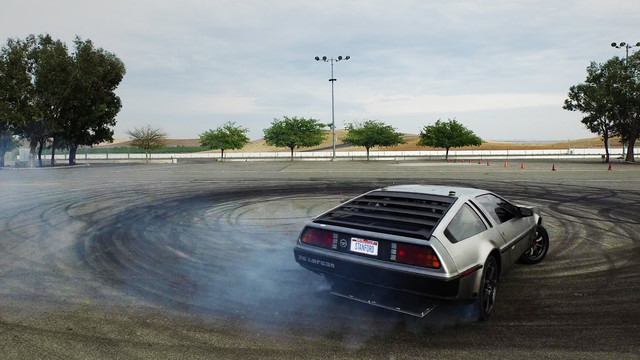
“MARTY is another step in this direction, thanks to the passion and hard work of our students. Stanford builds great research by building great researchers.”
The idea behind the MARTY project is this: if driverless cars are intended to offer a safer alternative to human-piloted transportation, they have to be able to cope in even the most extreme of conditions and situations.
Gerdes’ research suggests that, sometimes, overriding computer systems like electronic stability control, which is designed to ensure the car stays within the boundaries of stable handling, can actually make a car safer.
He said: “The very best rally car drivers do this all this time, sacrificing stability so they can use all of the car's capabilities to avoid obstacles and negotiate tight turns at speed. Their confidence in their ability to control the car opens up new possibilities for the car's motion.
“Current control systems designed to assist a human driver, however, don't allow this sort of manoeuvring. We think that it is important to open up this design space to develop fully automated cars that are as safe as possible.”
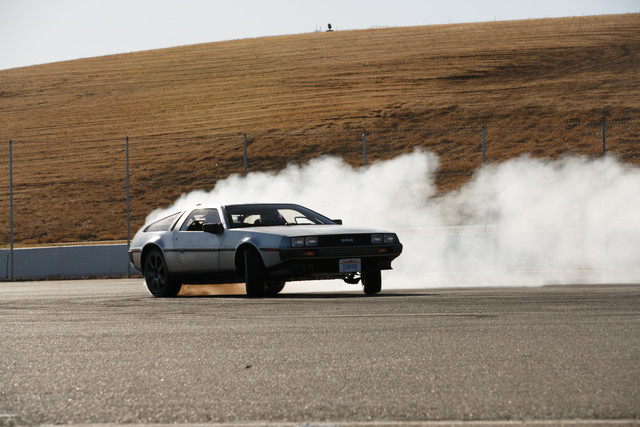
One of Stanford’s key aims is to ensure that autonomous cars are capable of handling all speeds, in all conditions. By teaching a car like MARTY to think like a pro rally driver, the researchers hope to figure out how to create self-driving programs that can control the car more safely in all circumstances.
Jonathan Goh, a mechanical engineering graduate student at the university, said: “When you watch a pro driver drift a car, you think to yourself that this person really knows how to precisely control the path and angle of the car, despite how different it is from normal driving.
“The wheels are pointed to the left even though the car is turning right, and you have to very quickly coordinate the throttle and steering in order to keep the car from spinning out or going the wrong way. Autonomous cars need to learn from this in order to truly be as good as the best drivers out there.”
Currently, MARTY is capable of autonomously locking itself into a precisely circular donut at a large drift angle. The team behind MARTY hope that it’ll eventually be able to negotiate tracks and drift around corners and obstacles by itself.
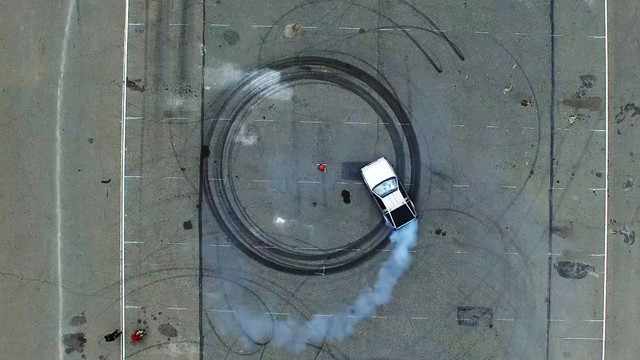
“The sublime awesomeness of riding in a DeLorean that does perfect, smoke-filled doughnuts by itself is a mind-bending experience that helps you appreciate that we really are living in the future,” Goh added.
As well as being particularly impressive in its own right, the MARTY project also pays a timely homage to the Back to the Future trilogy. It has been built on the body of a vintage 1981 Delorean DMC-12.
It didn’t come without its difficulties however, and the team had to make a few improvements along the way. After all, the DeLorean might still look futuristic even now, but it was designed almost four decades ago.
“The DeLorean’s a really great car unless you want it to accelerate, brake, or turn,” Gerdes said. “It’s a horrendously understeering vehicle, so it’s hard to hold a drift because the front end just keeps losing grip.”
Among the long list of modifications made by the team, MARTY got an all-new steering system, a roll cage to increase rigidity and new coil springs to improve the car’s on-road handling.
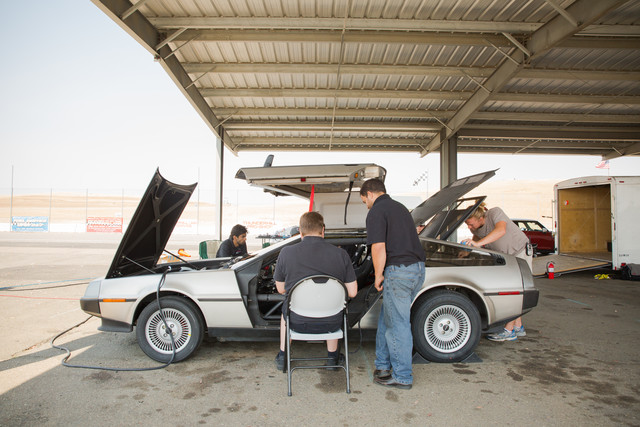
Built in collaboration with Renovo Motors, an automotive start-up company based in the Silicon Valley, the DeLorean was also retrofitted with a powertrain derived from Renovo’s Shelby Daytona-based electric supercar. Able to deliver a staggering 5,400Nm of torque in a fraction of a second, the platform allows precise control of the forces that allow MARTY to drift.
Christopher Heiser, CEO and co-founder of Renovo Motors, said: “Stanford is a world leader in autonomous vehicle research, so partnering with them is an amazing opportunity. Having brilliant, hard-working students embedded here in our facility, conducting research and collaborating on MARTY, is a great experience.
“Using our platform, the team built a working version of MARTY in a matter of months and moved into research very quickly after that. I think we're demonstrating how collaboration between Silicon Valley and universities can really work.”
Letting Renovo handle the mechanical side of the project meant that Gerdes and his students could afford to focus wholly on the systems and algorithms which give MARTY life, and which are crucial to their research goals.
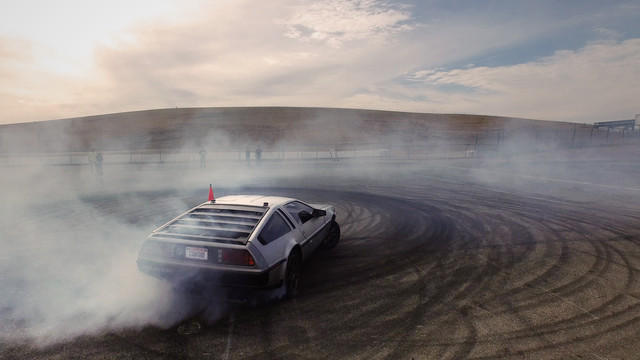
Bridgestone also stepped in to help the team by providing fresh tyres throughout the project, thanks to the huge amount of rubber shredded by the researchers while carrying out their preliminary tests.
The ultimate goal for MARTY, according to Gerdes, is to drift alongside another car driven by a professional driver. Common in motorsport competitions, where one driver tries to best the other’s manoeuvres, to the team the challenges of drifting have many parallels in creating capable autonomous vehicles for everyday driving.
“A drift competition is the perfect blend of our two most important research questions – how to control the car precisely and how to design automated vehicles that interact with humans,” Gerdes said.
“While we aren't picturing a future where every car produces clouds of white tyre smoke during the daily commute, we do want automated vehicles that can decipher the subtle cues drivers give when driving and incorporate this feedback when planning motion. Drifting is a way to study these larger questions, with style.”
One thing’s for sure: if robot vehicles are going to be able to drive like rally stars, maybe this whole driverless car thing might be a lot more fun than we first thought.



